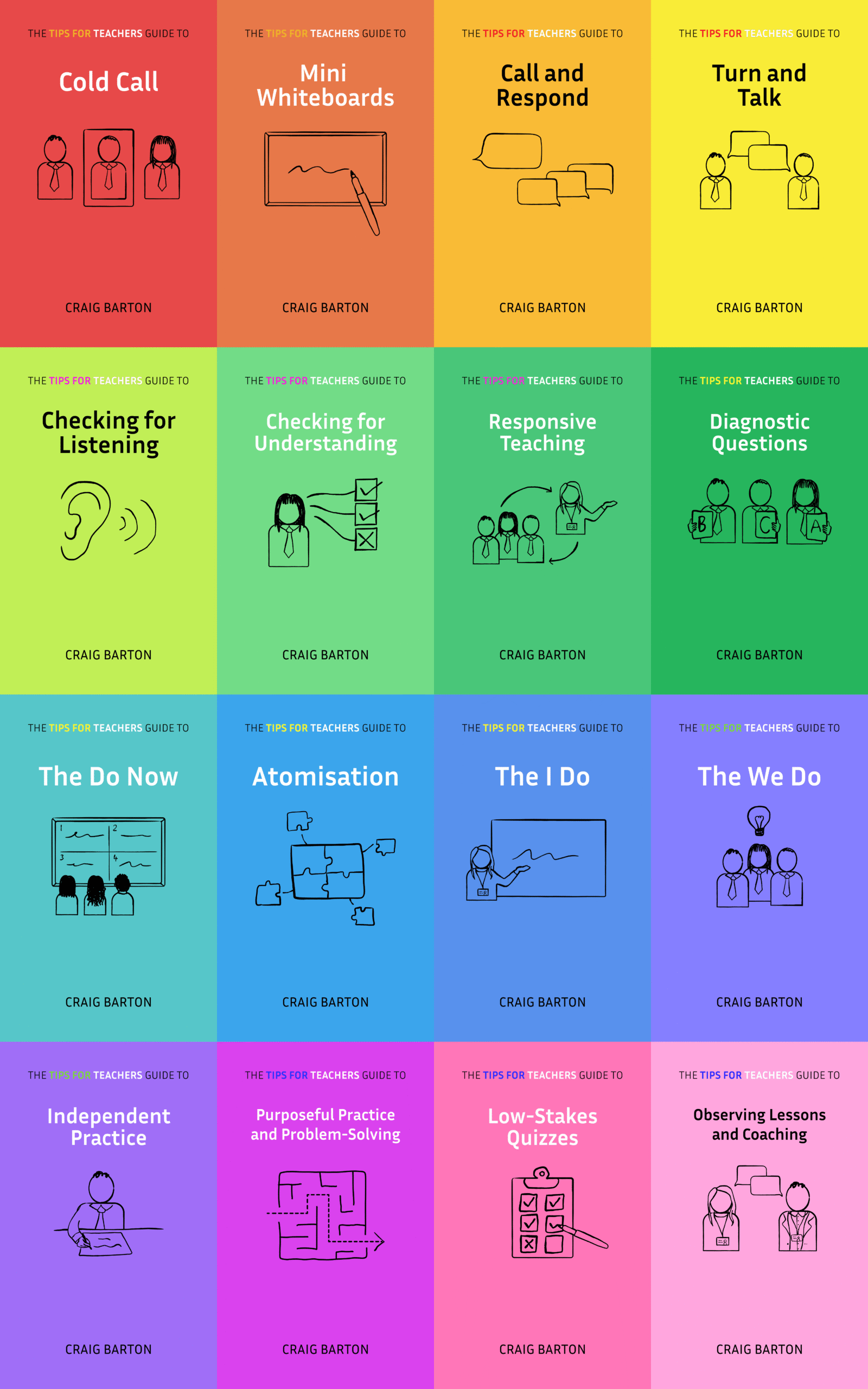Summary
This YouTube video discusses four techniques for engaging the whole class in active learning: mini-whiteboards, partner talk, heads-down hands-up, and call and response. The speaker emphasizes using these methods to maximize student participation and understanding, creating a dynamic classroom environment. The strategies are described in detail, including variations based on student age and ability. Different assessment approaches are compared in terms of their effectiveness in gathering data on student comprehension.
What are the key implications for teachers in the classroom?
The sources highlight some key implications for teachers in the classroom, focusing on engaging students and gathering feedback. Here are some key takeaways:
- Maximize student engagement by asking questions to the whole class. This ensures that all students are actively thinking and participating in the lesson, rather than just passively listening.
- Utilize diverse whole-class assessment for learning (AfL) techniques such as mini whiteboards, turn-to-your-partner discussions, heads-down hands-up, and call-and-response activities. These methods provide teachers with valuable insights into student understanding and encourage active learning.
- Partner talk is particularly beneficial as students advance in age and ability. Older, more capable students have more insightful and mathematically sound discussions with their peers.
- Adapt question complexity and whiteboard usage based on student ability. When working with lower-ability or younger students, it’s best to use shorter, simpler questions and avoid lengthy writing tasks on whiteboards.
- Use whiteboards strategically as checkpoints to assess understanding before moving on to exercises. This helps maintain a brisk pace and prevents students from getting stuck waiting for their peers to finish.
- Maintain a fast-paced and energetic classroom environment to keep students engaged and focused. Quick transitions between activities like partner talk, whiteboard work, and heads-down hands-up activities create a sense of variation and urgency that can boost student energy and participation.
By implementing these strategies, teachers can create dynamic and engaging learning environments that encourage active participation and provide valuable feedback on student understanding.









